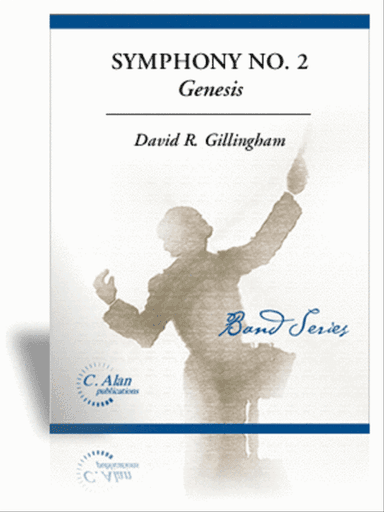Unavailable
Children's Symphony in C major is currently unavailable
We can no longer provide this arrangement through Sheet Music Stores. The listing stays online so you can learn about the piece and explore alternatives.
Try these next steps
- Discover similar sheet music curated for you below.
- Search for “Children's Symphony in C major” across our catalog.
About this arrangement
Piano 4 Hands (0.0.0.0 - 0.1.0.0 - perc(3) - ratchet rattle.nightingale.cuckoo.quail - str(without va)) SKU: BR.EB-8515 Berchtolsgaden. Composed by Leopold Mozart. Edited by Georg Sandre. Arranged by Gustave Sandre. Solo instruments; Softcover. Edition Breitkopf. The piano versions of the Children's Symphony have been part of Breitkopf's orchestral materials for over a hundred years now. They are not merely piano parts, however, but full-blooded reductions for piano twohands or four-hands. Symphony; Early classical. Score. 12 pages. Duration 11'. Breitkopf and Haertel #EB 8515. Published by Breitkopf and Haertel (BR.EB-8515). ISBN 9790004178072. 9 x 12 inches.The work, originally titled Berchtolsgader-Musik, goes back to the Cassatio ex G by Leopold Mozart, whose movements 3, 4 and 7 are identical to the Kinder-Symphonie [Children's Symphony]. For a long time, the authorship of the work was uncertain. It was attributed to Joseph Haydn and his brother Michael, at times also to Edmund Angerer and Leopold Mozart's pupil Johann Rainprechter. The work probably first received the designation "Kinder-Symphonie" in 1813 through an edition by the music publisher Hofmeister. In the Children's Symphony, a cuckoo, a quail and other unusual instruments are used in addition to the usual orchestral scoring. These belong to the Berchtesgaden instruments: flutes, whistles and rattles carved from wood, manufactured in the Berchtesgaden region and widely used as children's toys throughout the country. Today, these instruments can also be replaced by flutes, whistles as well as ratchets, rattles or bell trees.The piano versions of the "Children's Symphony" have been part of Breitkopf's orchestral materials for over a hundred years now. They are not merely piano parts, however, but full-blooded reductions for piano twohands or four-hands.
Related sheet music

Suzuki Piano School, Volume 3

The Real Little Classical Fake Book - 2nd Edition
various

Classical Fake Book – 2nd Edition
various

Suzuki Piano School, Volume 3
perf. seizo azuma

Classical Arrangements for Bass Guitar
various

Ode To Joy (easy piano – C major)
ludwig van beethoven

Ode To Joy (easy piano in C major – clean sheet music)
ludwig van beethoven

The Classical Era - Easy to Intermediate Piano Solo
various

Suzuki Piano School, Volume 3
\n

Largo from New World Symphony
antonin dvorak

Symphony No. 2: Genesis
david gillingham
